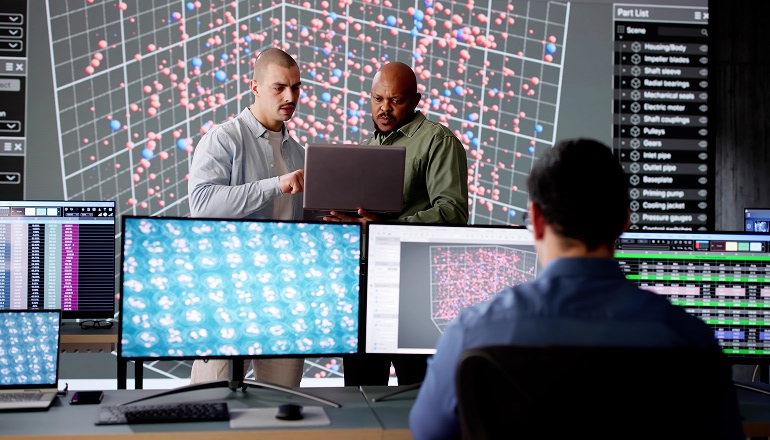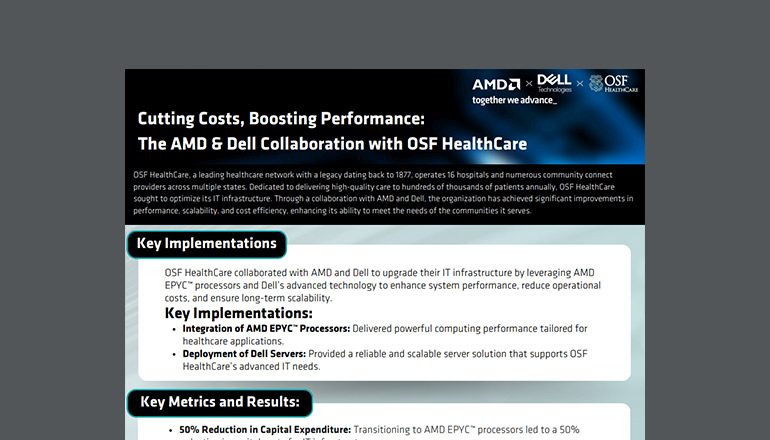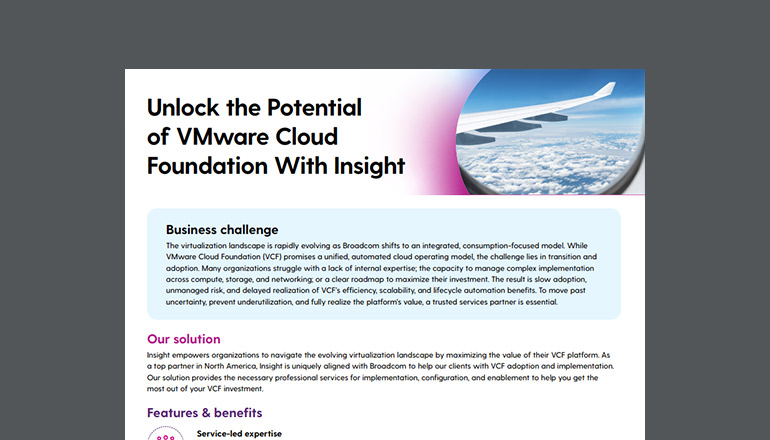Article IT Supply Chain Optimization Leads to Big Business Benefits
Throughout the last decade, IT has evolved from an internal services department to an equal partner in achieving better business outcomes. But in order to truly shift to an outcomes-centric mindset, it’s more critical than ever for IT organizations to streamline operations, including within their supply chain.
By Joanna Furlong / 3 Jul 2019 / Topics: IT optimization Procurement

Most IT decision-makers, especially at medium and large enterprises, feel they’ve already achieved supply chain optimization, according to the 2019 Insight Intelligent Technology Index. Yet, only 16% of survey respondents admitted to having a fully automated IT procurement process.
Many IT teams are still caught in manual tasks and spending too much time on troubleshooting rather than freeing hours and mindshare to drive more innovative projects forward.
In the Insight report, IT decision-makers revealed numerous areas of the IT supply chain that could benefit from improvement, including consolidation, automation, and methods for standardizing and simplifying processes.
The rise of automation and e-procurement
The desire to improve overall efficiency — and better support the workforce — has led to a spike in automation throughout IT. The Insight report uncovered several opportunity areas reported by IT decision-makers:
- 47% want to streamline their hardware lifecycle.
- 47% want to invest more in automating and upgrading e-procurement processes.
- 46% report a desire to improve their self-service e-commerce platform.
- 45% seek better software asset management tools.
- 45% need better visibility into data to help drive smart decision-making.
The path to a more efficient workforce
The cost is high for organizations that fail to evolve their IT supply chain. There are direct links between an optimized supply chain and positive business outcomes. Most IT decision-makers from the Insight Intelligent Technology Index believe supply chain optimization would give their teams greater opportunity to focus on more innovative, highly beneficial projects — projects that could help the business prepare for tomorrow’s needs.
These decision-makers are also confident a modern IT supply chain would reduce IT headaches, such as troubleshooting and break/fix work, and minimize the pain of daily operations.
Embracing automation, consolidation and e-procurement are just a few ways IT teams can update and streamline their supply chain management. Yet, investing in these areas would relieve IT administrative duties while giving your workforce the latest solutions. For example:
- IT leasing via e-procurement: Shift spend from Capital Expenditures (CapEx) to Operating Expenses (OpEx).
- Automated manual processes: Say goodbye to manual purchasing and management of software licenses and hardware. Access the most recent software versions, no human touch required.
- Embrace the as-a-service approach: From software as a service to desktops as a service, you can drastically simplify your IT management along with more predictable costs — without sacrificing workload alignment.
Modernize your processes.
Shifting to an e-procurement platform and automated processes makes sense for organizations that want to save money while transitioning to an OpEx model. A partner such as Insight can help you stay on top of these business imperatives and fundamental shifts in operations — and help you evaluate your existing supply chain and craft a custom roadmap for optimization.







